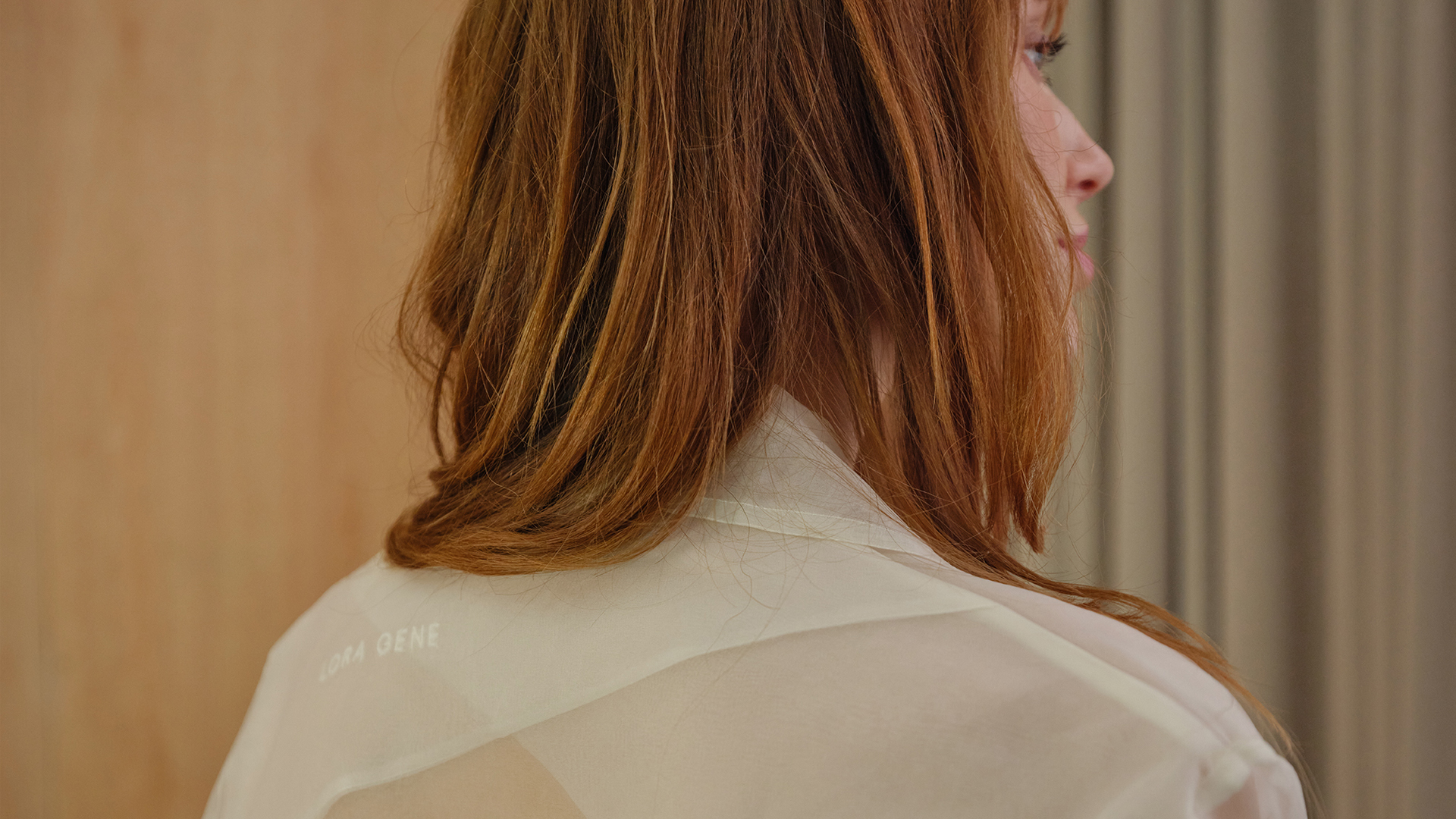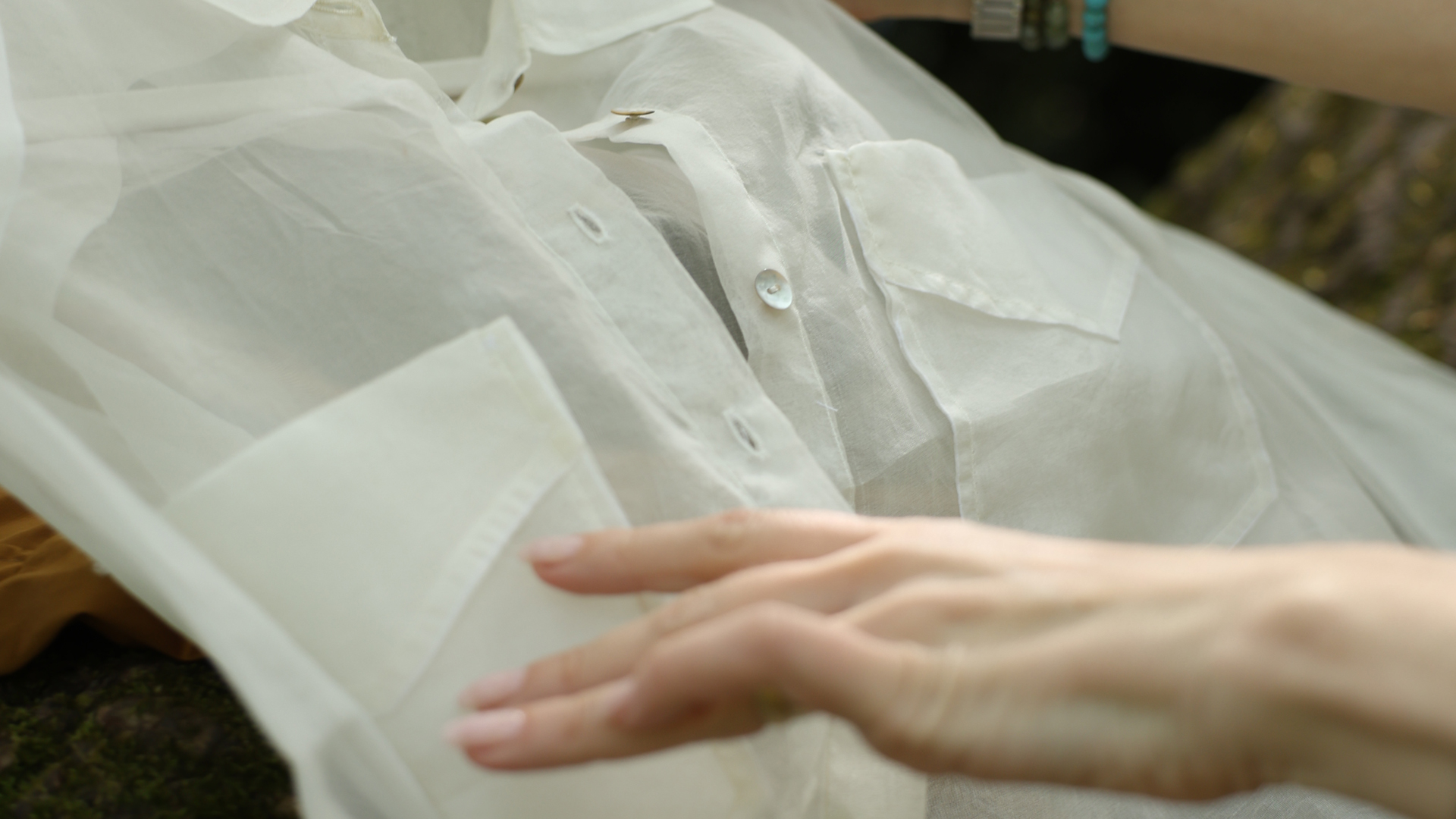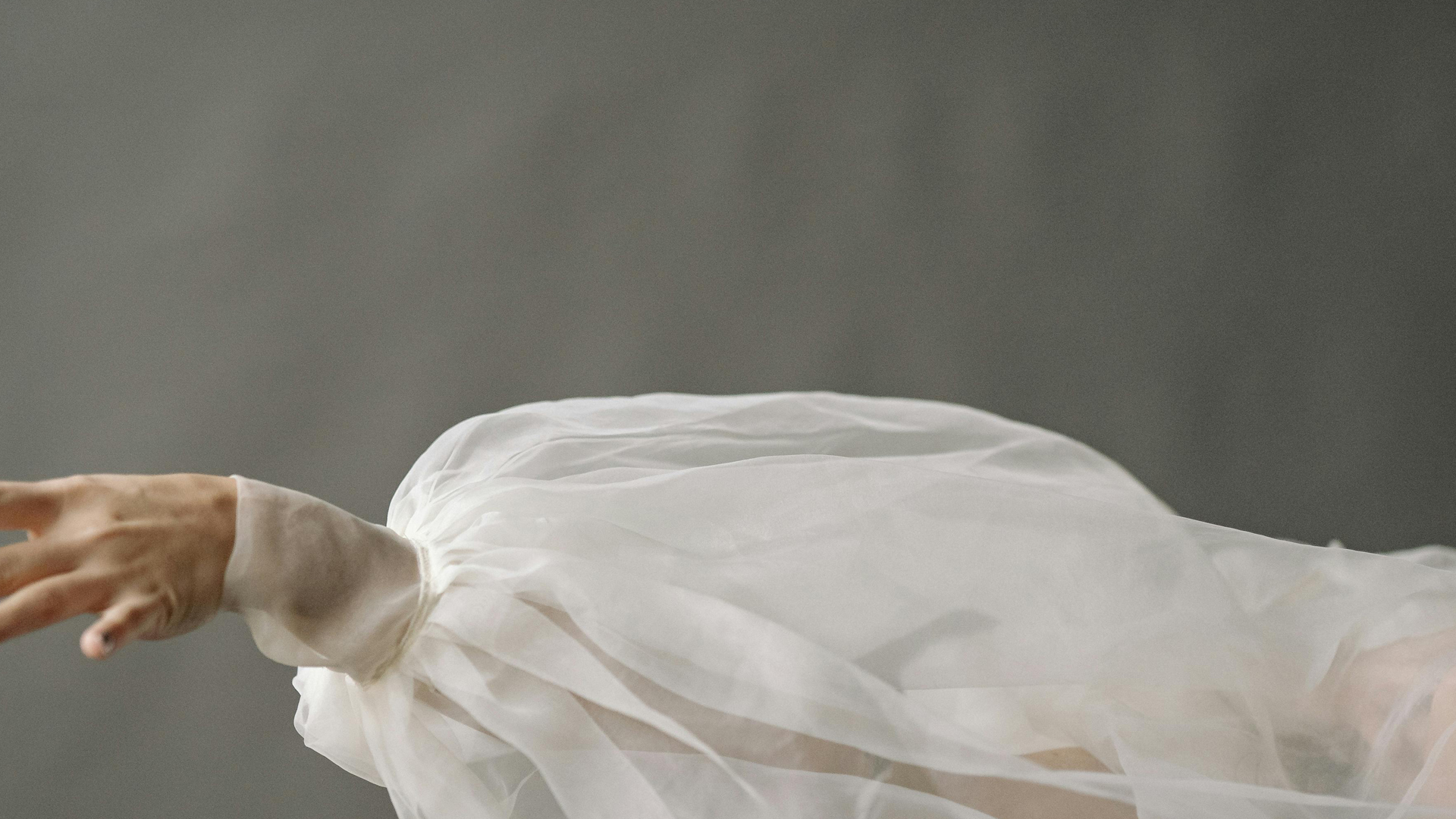The Ethereal Beauty of Organza Silk
Organza silk stands as one of the most exquisite, ethereal fabrics in the world. Known for its delicate sheerness and structured crispness, organza has been a go-to material for haute couture designers and discerning fashion lovers for centuries.


Whether used in a silk dress with voluminous layers or a silk shirt that offers a sheer touch of elegance, organza brings unparalleled opportunities for creatives. In this post, we explore the history, origin, care tips, and versatile uses of organza silk, helping you understand why it's a fabric worth cherishing and maintaining and why we are so inloved with it.
What Is Organza Silk?
Organza is a fine, sheer silk fabric woven with a plain weave that results in a lightweight, airy texture with a slightly stiff, crisp hand. Its delicate translucency and subtle sheen make it perfect for garments where structure, volume, and grace are needed. Unlike other silk fabrics like charmeuse, which are smooth and fluid, organza holds its form—ideal for creating sculptural silhouettes.
The fabric is made by tightly twisting the silk fibers to give it a slightly rough texture and a crisp finish, enhancing its light-reflective quality. This shimmering property has made organza a sought-after material for bridal wear, evening gowns, silk dresses, and experimental runway looks. We have used it throughout our collections in shirts and dresses and it has always brought standing ovations.


A Brief History and Origin of Organza Silk
Organza has its roots deeply embedded in the Silk Road, with its earliest known production in ancient China. The name "organza" is believed to have derived from the Persian city of Urgang (now in Uzbekistan), where silk was traditionally woven and exported as early as the 16th century. As it traveled westward through trade routes, the fabric caught the attention of European royalty and aristocrats in the 17th and 18th centuries, who used organza to create lavish court dresses, luxurious petticoats, and ceremonial garments.
By the 19th century, organza began to be widely used in European fashion, particularly for eveningwear and wedding gowns. Its role in luxury fashion only expanded further in the 20th century.
Organza is beloved by many creatives for its unique ability to hold shape while maintaining an ethereal lightness. It is a go-to fabric in haute couture collections, especially for designs that require a sense of volume and dramatic flair without the heaviness of other materials.
Its versatility allows it to be used in both structured and flowing designs, from the sheerest overlays to gowns that feature organza ruffles and pleats.


Is Organza Silk Easy to Maintain?
Despite its delicate appearance, organza silk is surprisingly durable when cared for properly. However, like all silk fabrics, it requires attention to detail to maintain its luxurious qualities. Here are some essential silk care tips to keep your organza garments looking pristine:
1.Hand Wash or Dry Clean Only
Most organza silk fabrics should be dry cleaned to ensure the fabric retains its structure and doesn’t get damaged by water. However, if you must wash at home, hand wash with cold water and a gentle silk detergent. Avoid machine washing unless the fabric is labeled as washable.
2. Avoid High Heat
Organza can lose its crispness and shape when exposed to high heat. Air dry your garments, and never tumble dry organza silk. If you need to remove wrinkles, iron on a low temperature while placing a cloth between the iron and the fabric.
3. Store with Care
Hang your organza garments on padded hangers to preserve their shape, or store them flat in a breathable garment bag to prevent creases. Avoid storing in direct sunlight, as UV rays can weaken the silk fibers over time.


What to Do—and Not to Do—with Organza Silk
✅ Do:
Pair organza with other fabrics: It works beautifully with heavier silks, like satin, to create a luxurious layered effect in a silk dress or silk shirt.
Use organza for elegant occasions: Given its sophisticated sheen, organza is best reserved for special events—whether it’s a wedding, gala, or evening celebration.
Mix it with modern elements: Organza can add a subtle, ethereal quality to structured garments like silk shirts, allowing for a contemporary yet timeless style.
❌ Don’t:
Excessively wash or wring: Organza is not fragile but can tear if twisted too much. Avoid any rough handling, including excessive washing or wringing.
Use harsh chemicals: Do not use bleach or strong detergents on organza. These can degrade the fabric and strip it of its natural sheen.
Let organza come into direct contact with perfume or deodorant: The chemicals can stain the fabric or cause it to weaken.


At Lora GENE, organza silk isn't just a fabric—it's a canvas for storytelling. We choose it for the way it balances strength with softness, structure with fluidity—mirroring the dualities we all hold within ourselves. Every piece we create with organza is a quiet celebration of craftsmanship, intention, and beauty that transcends trends. As always, our mission is to honour the women who wear our designs by offering garments that empower, elevate, and endure.
Because when something is made with purpose, it becomes more than just clothing—it becomes part of your story.


